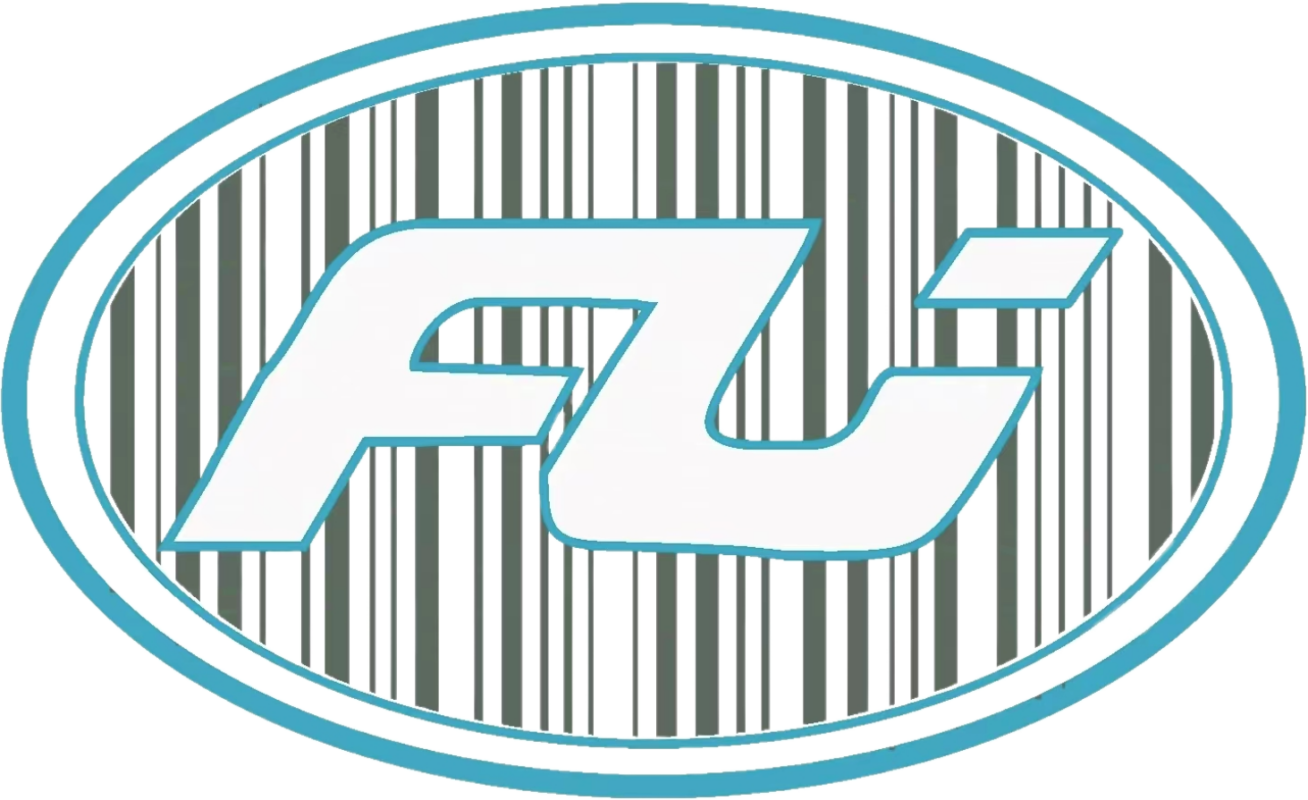ブログ
Thermal Printer Ribbon: A Complete B2B Guide to Sourcing and Applications
Thermal printer ribbons are crucial for producing high-quality and durable prints in logistics as well as manufacturing and retail sectors and healthcare fields. Businesses need thermal printer ribbons as essential consumables because they deliver clear and scannable labels that last a long time.
B2B distributors who find and customize the proper thermal ribbon for specialized industrial demands will tap into substantial value creation. The guide explains different thermal printer ribbon types and their compositions while assessing compatible substrates and providing procurement strategies for wholesale buyers.
What Is a Thermal Printer Ribbon?
Definition
Thermal printer ribbons consist of a coating that moves ink to a substrate when the printhead generates heat during thermal transfer printing. Thermal transfer printing uses ribbons to generate durable images and barcodes unlike direct thermal printing which depends on heat-sensitive paper.
Key Characteristics
- Requires a thermal transfer printer
- Produces high-resolution, smudge-resistant output
- Suitable for long-term labeling
- Thermal transfer printer ribbons are available in three different formulations: wax, wax-resin, and resin.
Types of Thermal Printer Ribbons
Wax Ribbons
- Composition: Wax-based ink on a polyester film
- This ribbon type serves for printing labels on paper materials and cartons used in shipping.
- Advantages: Low cost, excellent for general-purpose use
Wax-Resin Ribbons
- This ribbon type combines wax with resin components to enhance its durability.
- The wax-resin ribbons work well with semi-gloss paper as well as coated labels and synthetic materials.
- Advantages: Smudge-resistant, more durable than wax
Resin Ribbons
- Composition: Pure resin ink on film
- Print on polyester and polypropylene materials and use vinyl with other synthetic materials.
- These ribbons offer exceptional durability with resistance to chemicals and abrasion in both outdoor environments and medical contexts.
Core Sizes and Ribbon Formats
Core Sizes
- Available core sizes include 1/2”, 1”, and 3” to meet the requirements of various printer models and roll dimensions.
Ribbon Formats
- The choice between inside wound and outside wound ribbon formats depends on printer compatibility.
- Roll sizes vary between 74m and 600m based on the printer and intended application.
- Widths: From 33mm to over 110mm

Printing Applications by Industry
Logistics and Warehousing
- Logistics and warehousing industries utilize barcode labels alongside shipping labels for rack identification and pallet tags.
製造業
- Product identification, compliance labels, inventory tags
Retail
- Price tags, shelf labels, POS receipts
Healthcare
- Laboratory samples, patient ID wristbands, pharmaceutical tracking
Electronics
- The electronics industry requires component labels and rating plates along with cable wraps that adhere to UL/CSA compliance standards.
Choosing the Right Ribbon Type
Label Substrate
- Select a ribbon type that matches the label surface material such as wax for paper labels and resin-based ribbons for synthetic surfaces.
Printer Model Compatibility
- Confirm ribbon core size and winding direction
Environment
- You need to evaluate how the labels will react to various environmental elements including heat, chemicals, abrasion, moisture, and UV light.
Print Durability
- Identify necessary durability levels against scratch, smear, solvent and weather resistance for print performance.
Benefits of Thermal Transfer Printing
- Durability: Long-lasting text and images
- Flexibility: Works on many label types
- Thermal transfer printing provides high resolution perfect for printing bar codes and detailed text.
- This product remains functional in both extreme cold and heat conditions within industrial environments.
Customization Options for B2B Orders
Ribbon Lengths and Widths
- Custom slit to match client printer specs
Core Size and Wind Direction
- OEM specs available
Packaging
- Bulk packaging or individually boxed
- Private label/OEM support for large distributors
Ink Color
- The black standard color ribbon is available while other colors like red, blue and white remain options for specialty applications.
Sourcing Tips for Distributors
Confirm Application Details
- Request clients to provide details regarding their label material and printer model.
Request Samples
- Test print quality, smudge resistance, and durability
Minimum Order Quantity
- The standard minimum order quantity ranges from 10,000 to 50,000 rolls based on both size and formula specifications.
Lead Time
- The standard lead time runs between 10 and 20 working days based on the order volume and any special customization requests.
Warehouse and Logistics
- Ensure proper ribbon storage: temperature-controlled, moisture-free

Sustainability Considerations
Ribbon Formulations
- Options with reduced environmental impact using wax and wax-resin technologies
Waste Management
- Core recycling programs, recyclable outer packaging
Compliance
- RoHS, REACH, and UL-listed ribbon formulations available
Conclusion
Thermal printer ribbons serve as essential elements within industrial and commercial printing operations. B2B buyers must select the proper ribbon type by considering substrate compatibility, durability needs, and printer matching to ensure client retention and value delivery.
Distributors who provide flexible options and OEM packaging together with competitive pricing fulfill expanding needs within logistics manufacturing and healthcare sectors. Working with dependable manufacturers leads to uniform quality results and sustainable financial success.
Frequently Asked Questions (FAQ)
Wax ribbons serve standard paper label printing while resin ribbons provide enhanced durability for synthetic label printing.
Resin ribbons deliver optimal toughness for synthetic labels while wax ribbons serve general paper labeling purposes. Wax-resin is a hybrid for semi-durable needs.
Thermal printer ribbons are compatible only with specific thermal transfer printers which match in core size, width and winding direction.
📩 sales@foyottr.com
📞 Tel: +86-592-6018320
🌐 https://foyottr.com/
Visit our Contact Page to get started or request a quote today.

